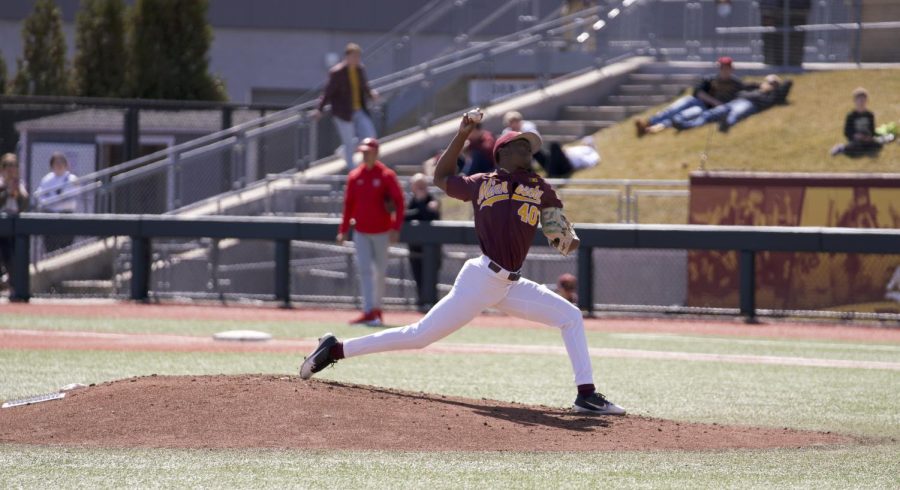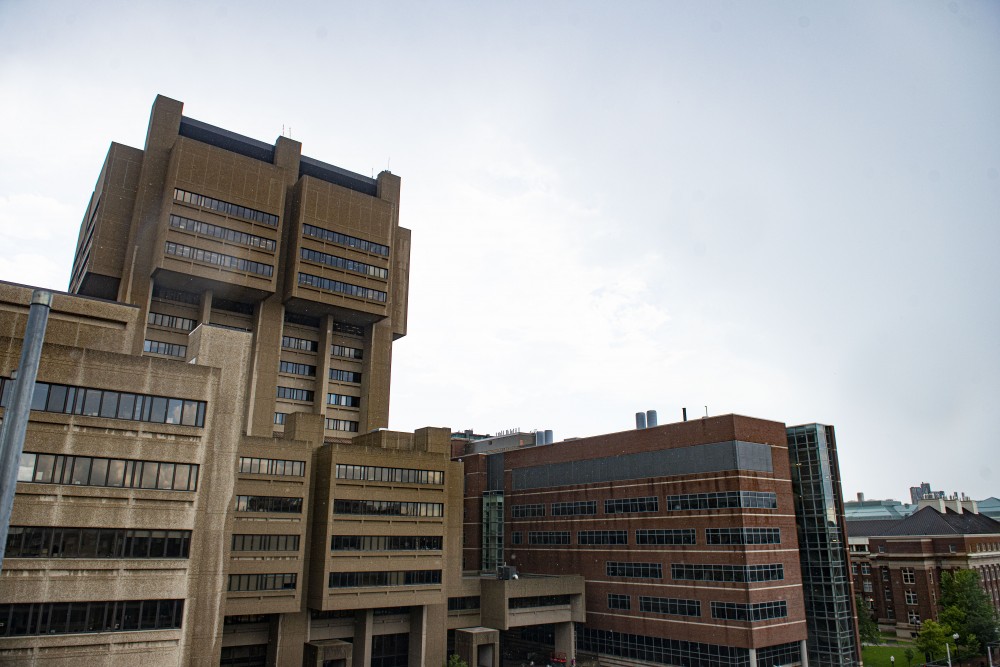Amid rising pressure from youth groups to decrease the costs of college as well as create social programs to help them transition from secondary education to adult life, the White House shared a plan detailing ways they want to help young Americans.
The White House shared an exclusive fact sheet on July 22 detailing new initiatives President Joe Biden wants to see passed into law through his Build Back Better plan (BBB). The BBB has one-third of its goals met: the first path into law was the American Rescue Plan; the remaining two packages include the American Family Plan and the American Jobs plan.
The fact sheet detailed new ways Biden wants to make four year colleges more affordable for select groups of students, guaranteeing new family and social programs for enhanced flexibility among young Americans. In addition, the plan aims to build more public housing, urging states to remove exclusionary zoning policies, and finally creating a Civilian Climate Corps.
The American Families Plan, specifically, includes plans to make college more affordable for students. The White House said it aims to make community college completely free for all students. Biden also said he wants to increase the value of the Pell Grant from $6,495 to nearly $8,000. Finally, the White House said it would provide funding for all Historically Black Colleges and Universities, Tribal Colleges and Universities, and other “Minority Serving Institutions.” The plan did not include specific details on how the legislation will be paid for.
Currently, 73% of Americans under the age of 30 support making college free, according to the Pew Research Center. Hannah Klose, Minnesota Student Association Student Group Representative and member of the College Republicans, said she finds herself on the other side of the White House’s position.
“Giving federal funds to such institutions does not necessarily lead to greater access and affordability for these students. College is an individual’s investment to benefit their own career choices and is unfair to force others to contribute to it,” Klose said in an email to the Minnesota Daily.
The proposed changes are not likely to impact the University of Minnesota system because the University does not fall within the criteria the White House proposed. The only caveat would be if the Morris campus makes institutional changes for Native American and tribal students with new federal funding.
Morris already grants a waiver to Native American and tribal students to attend free of charge. If the campus were to be eligible for these funds the University could further shift funds they implement towards the waiver. It is unclear if the University would qualify as a “Tribal College or University,” as laid out in the plan. No other campus in the University system falls within the designations laid out in the fact sheet.
In 2020, the Minnesota Office of Higher Education reported zero Pell Grant recipients attended two year programs within the University of Minnesota system. Pell Grants are given on the basis of financial need and are not expected to be repaid. They typically serve students from lower income backgrounds and minoritized students.
Another goal included in the fact sheet, that could impact Minneapolis, was the administration’s plans to “incentivize the removal of exclusionary zoning” and build up to 500,000 units of public housing across the country.
Dr. Angie Fertig, a Social Policy Research Scientist at the Hubert H. Humphrey School of Public Affairs, said the administration’s efforts to get rid of exclusionary zoning, or redlining, is a commendable goal but not one that will have a large impact in Minneapolis. Minneapolis is where the majority of redlining happened in the state.
“Minneapolis is the leader in terms of changing zoning policy. There’s lots of controversial parts of it. But the main thing is that it’s trying to change the zoning policies, and so there was a lot of debate,” Fertig said, referring to Minneapolis’ local plan which, in part, includes incentives to reduce exclusionary zoning policies.
Building 500,000 homes is another goal that will have good impacts for parts of the country, but may not help Minnesotans. Fertig said that the major issues in urban parts of Minnesota do not come from lack of available housing, but rather lack of affordable options. She highlighted a national grant program, housing choice vouchers, that she said lacks financial support for underserved communities.
A main sticking point from Republicans in Congress is the simple cost of the two bills. While the bills have yet to be drafted, Congress held a lengthy vote-a-rama on Aug. 10, where senators can vote on bills quickly. Most Republican amendments were aimed at keeping the cost of the overall bill low and preventing the bill’s ability to levy taxes.
Fertig said she believes that even with the large price tag, it would be worth the investment.
“The return on investment is even bigger. That part will definitely pay off,” she said. “We just have to get done what we can get done. And so, we’re all just wanting any change.”


























